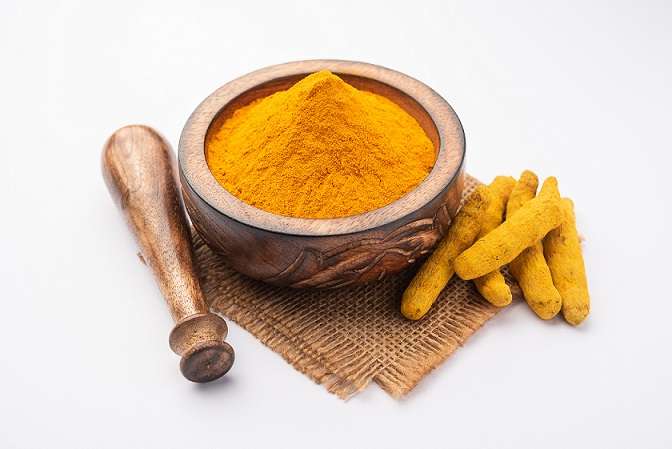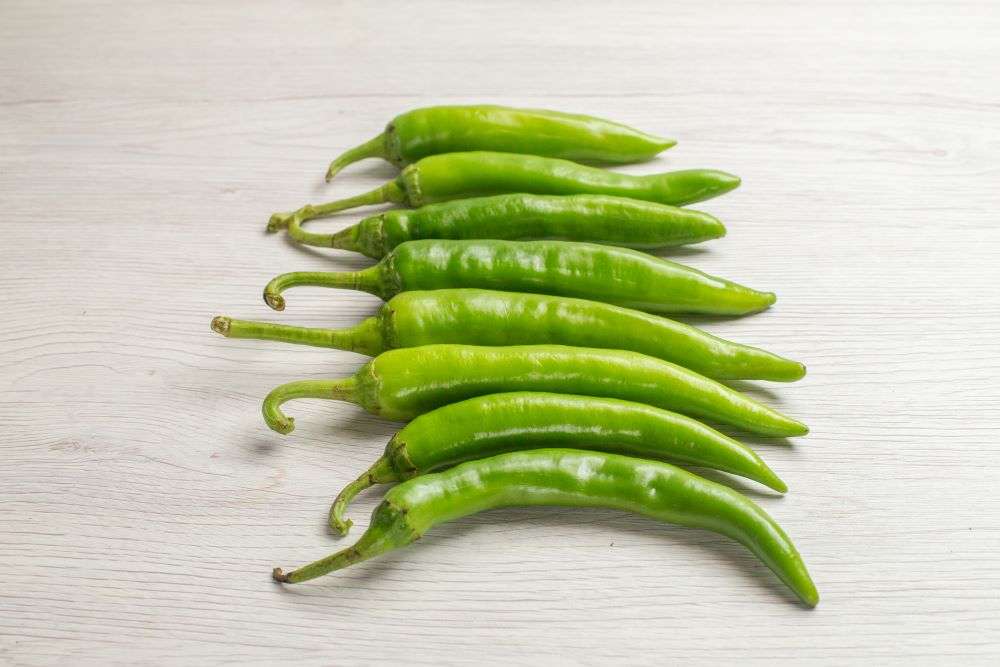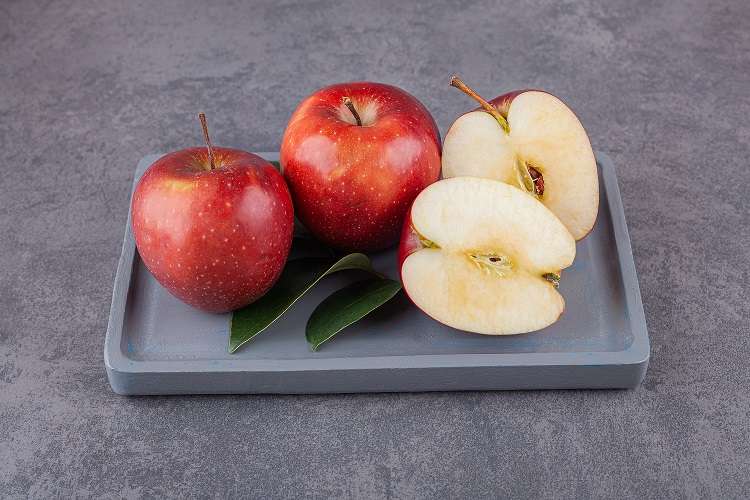India, often referred to as the land of spices, culture, and diversity, is also renowned as the world’s leading producer and exporter of mangoes. The ‘King of Fruits’ not only graces Indian summers but also reaches international markets in various forms, one of which is mango pulp. The luscious, golden, and versatile mango pulp has a substantial demand worldwide. Here’s an intricate look at the detailed process of turning ripe mangoes into premium-quality mango pulp for export.
The Journey Begins: Harvesting and Sorting
The journey of mango pulp starts in the sprawling orchards of India. Mango varieties like Alphonso, Totapuri, and Kesar are handpicked at the peak of ripeness. The selection of the right fruit is crucial, as the quality of the pulp largely depends on the quality of the raw mangoes. Once harvested, the mangoes undergo a meticulous sorting process where they are graded based on size, ripeness, and quality.

The Magic of Processing
1. Washing and De-Skinning
The sorted mangoes are transported to processing units where they are thoroughly washed to remove any dirt, pesticides, and impurities. This step ensures the cleanliness and hygiene of the final product. Post-washing, the mangoes are de-skinned using mechanical peelers. This process not only saves time but also ensures minimal wastage of the fruit.
2. Pulp Extraction
The peeled mangoes are then fed into pulping machines. These machines are equipped with fine mesh screens that separate the pulp from the seeds and fibrous material. The result is a smooth, homogenous mango puree. During this stage, the pulp is also passed through magnetic separators to remove any ferrous materials that might have entered during processing.
3. Refining
The extracted pulp undergoes a refining process to achieve the desired consistency and texture. This is done using fine mesh sieves or decanters that remove any remaining fibrous material and impurities. The refining process ensures that the mango pulp is smooth and free from coarse particles.
4. Pasteurization
To ensure the shelf life and safety of the mango pulp, it undergoes a pasteurization process. This involves heating the pulp to a specific temperature of around 85°C (185°F) to kill any harmful microorganisms without compromising the flavor, color, or nutritional value. Pasteurization is a critical step, especially for export purposes, as it guarantees the product’s quality during transit and storage.
5. Homogenization (Optional)
In some cases, the pasteurized pulp is homogenized to further improve its texture and consistency. Homogenization involves breaking down the pulp particles to create a uniform and stable product. This step is optional and depends on the specific requirements of the final product.
6. Cooling
After pasteurization (and homogenization, if applicable), the mango pulp is rapidly cooled to a temperature of around 4°C (39.2°F) to prevent any microbial growth. The cooling process also helps in retaining the natural flavor and color of the mango pulp.
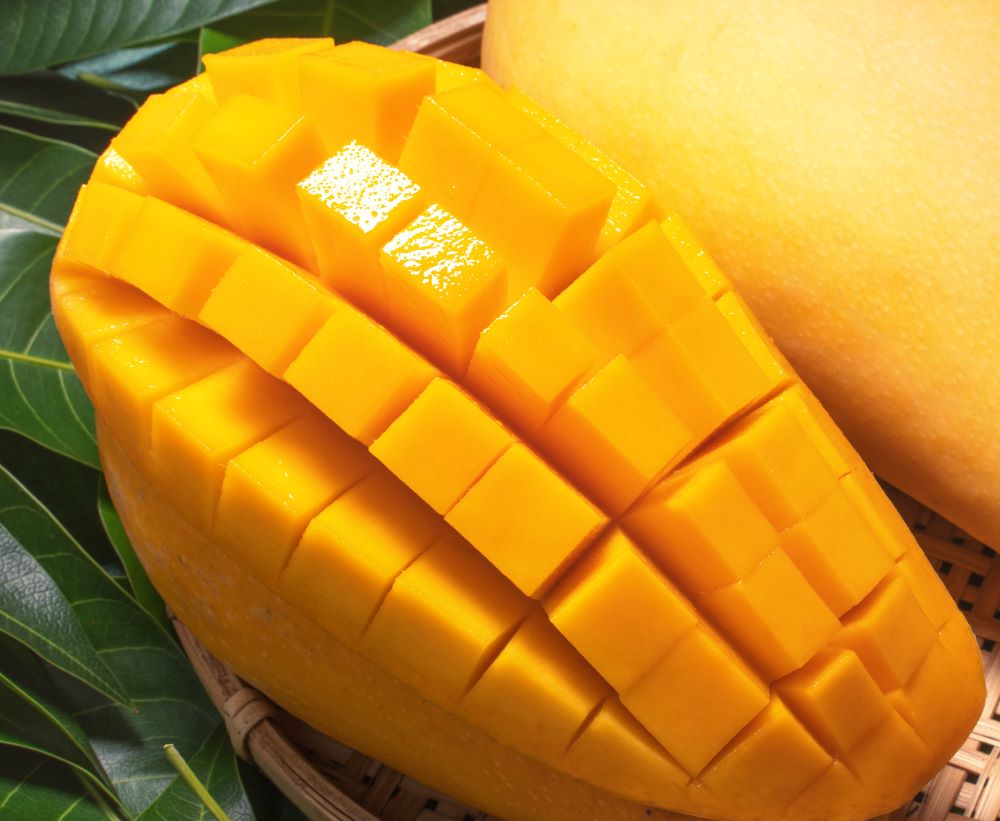
Packaging: Sealing the Freshness
1. Filling and Sealing
Post-pasteurization, the mango pulp is immediately filled into pre-sterilized containers. Packaging plays a vital role in maintaining the freshness and quality of the pulp. The pulp can be packed in various forms, such as cans, aseptic bags, and drums. Aseptic packaging is particularly popular for its ability to preserve the pulp without refrigeration, making it ideal for long-distance exports. The filled containers are then sealed to maintain the freshness and quality of the pulp.
2. Labeling and Batch Coding
Each packaged batch is labeled with essential information, including the variety of mango, date of production, batch number, and exporter details. Batch coding ensures traceability, allowing issues to be quickly identified and addressed if they arise.
Quality Control: Ensuring Global Standards
Before the mango pulp is cleared for export, it undergoes rigorous quality control checks. Samples from each batch are tested for parameters such as pH, Brix (sugar content), viscosity, and microbial load. Meeting international food safety standards is paramount, as it directly impacts the acceptability of the product in global markets.
Export: From India to the World
With quality checks completed, the mango pulp is ready for export. India’s geographical advantage and established logistics infrastructure facilitate the efficient shipment of mango pulp to various countries worldwide. The pulp is transported in refrigerated containers to maintain the quality and freshness during transit.
The Global Demand for Indian Mango Pulp
Indian mango pulp is celebrated worldwide for its rich flavor, vibrant color, and superior quality. It finds its way into various culinary applications, from beverages and desserts to sauces and baby foods. Countries such as the USA, UK, UAE, and Japan are some of the major importers of Indian mango pulp, reflecting its global appeal and demand.
India’s Mango Pulp Exports See Surge Amid Rising Global Demand
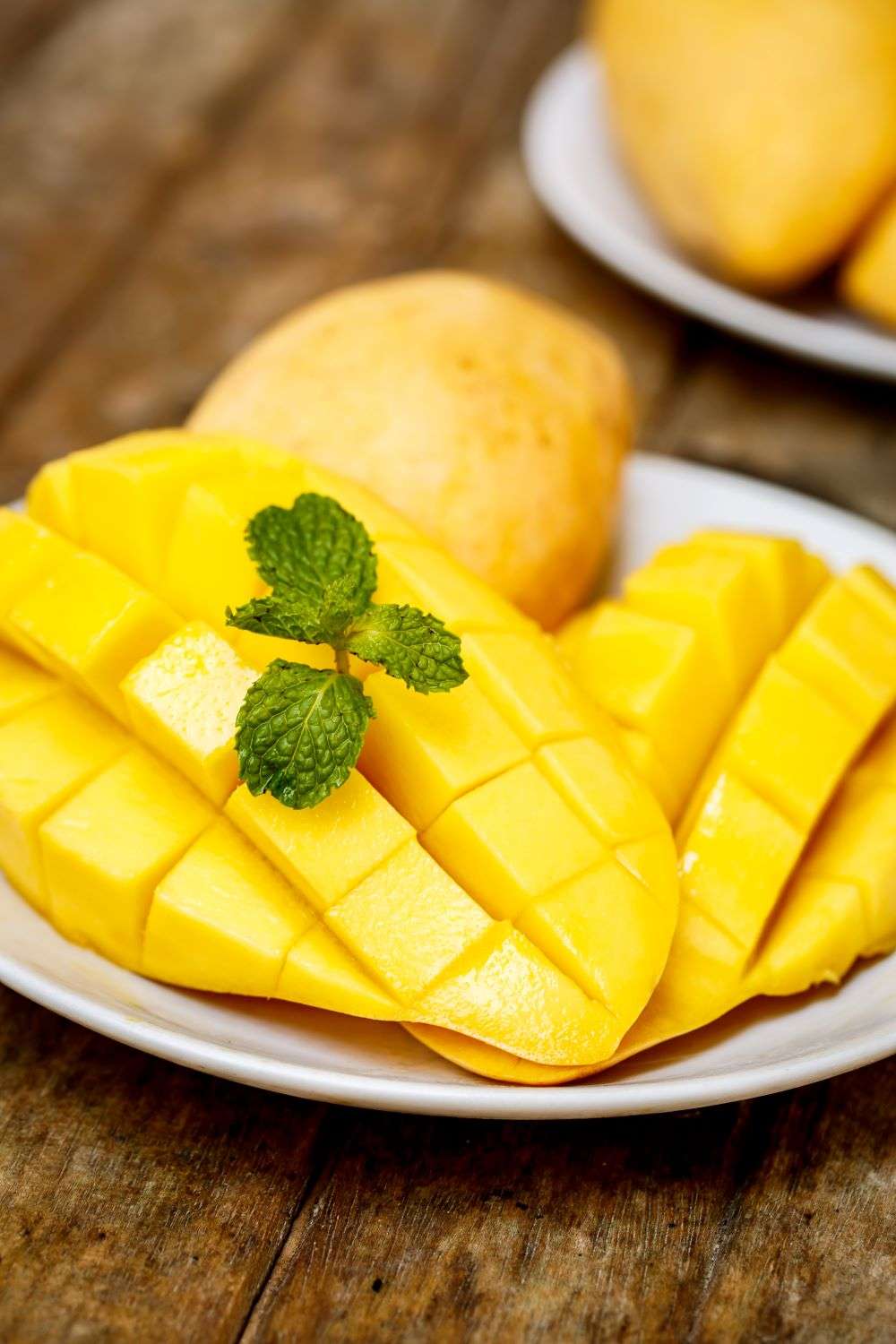
Recent reports indicate a significant increase in India’s mango pulp exports, driven by growing consumer interest in natural fruit products. Industry analysts attribute this surge to India’s consistent quality and competitive pricing, solidifying its position as a leading exporter. The demand is particularly high in the beverage and food processing sectors of North America and Europe.
– APEDA
The detailed process of transforming ripe mangoes into premium-quality pulp showcases India’s expertise in agriculture and food processing. This journey, from the orchards to the global market, ensures that the exotic taste of Indian mangoes reaches tables worldwide, delighting consumers with its rich flavor and superior quality.
Indo Foods Export is proud to be a part of this journey, exporting high-quality mango pulp to delighted customers worldwide.



